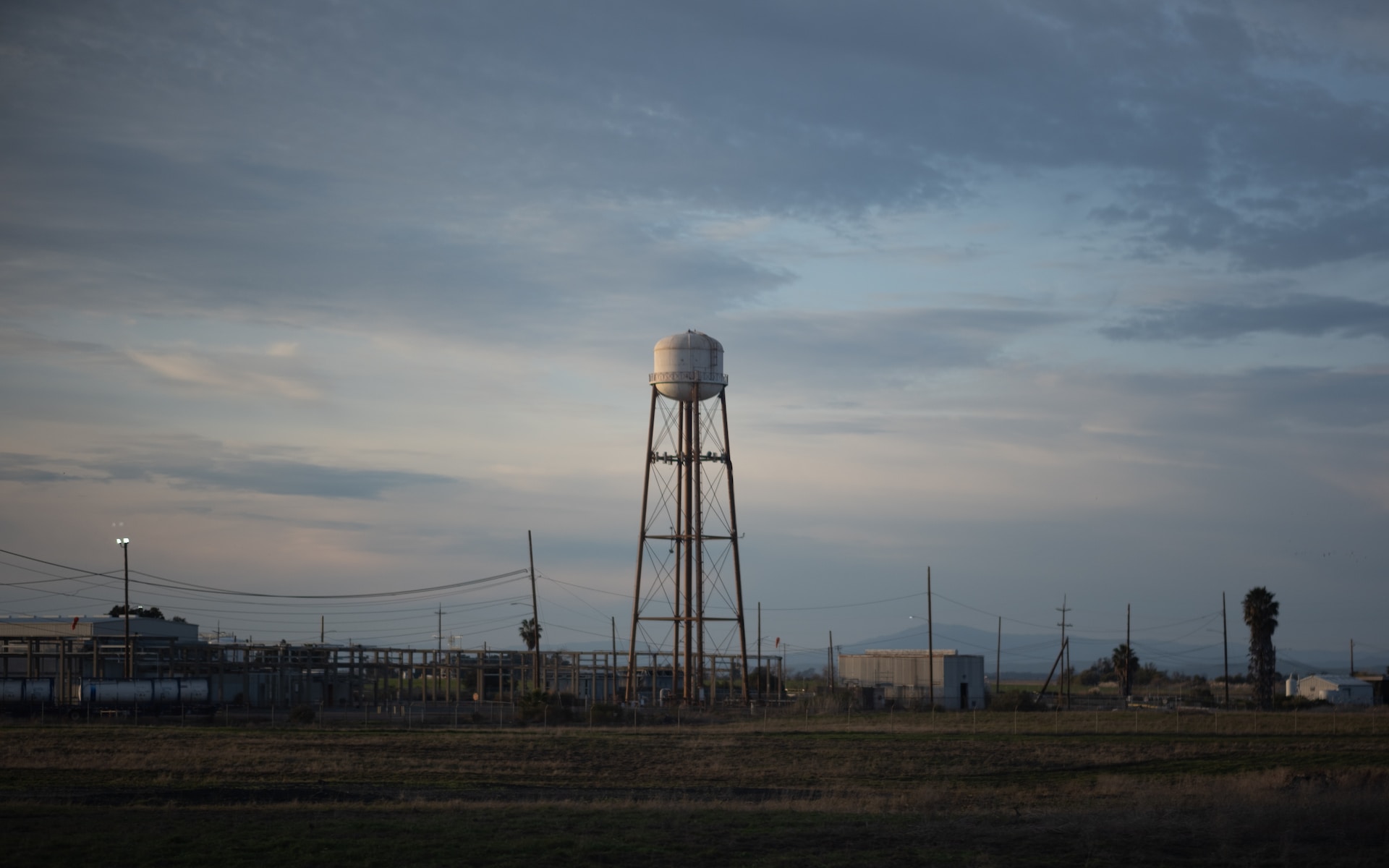
Widely used across diverse industries, above ground tanks fundamentally exist to contain substances – liquids or gases. However, the containment can be compromised due to leaks, leading to potential loss in productivity, environmental harm, and even safety hazards in severe cases. Therefore, having an effective leak detection mechanism is nothing short of critical in managing above ground tanks, which is a specialty of ATM Tanks, a leading provider of tank design, installation, repairs, and maintenance services across Australia and the Pacific.
In this informative blog post, we will talk about the importance of leak detection in above ground tanks. We’ll discuss the potential repercussions of undetected leaks, explore the various methodologies for efficient leak detection, and discuss preventative measures to minimise the risk of leaks. By helping you understand these critical aspects, we aim to equip you with the knowledge to address and prevent leak-related concerns in your storage systems.
With ATM Tanks’ expertise and commitment to top-tier service, you can be assured of expert insights and effective solutions tailor-made for your specific needs. So, let’s take a closer look at the significance of leak detection in above ground tanks, the preventive strategies you can implement, and how partnering with a trusted organisation like ATM Tanks can ensure a high-performance, secure, and robust storage system.
Potential Repercussions of Undetected Leaks
Leaving leaks undetected in above ground tanks can have severe consequences, which underline the criticality of detecting and addressing leaks at the earliest. Some notable repercussions include:
1. Loss of Product: Leaks can lead to a significant loss of valuable resources stored in the tanks, causing considerable financial loss and inefficiency in operations.
2. Environmental Hazards: Undetected leaks may allow hazardous materials to seep into the environment, contaminating soil, and groundwater, and posing a threat to wildlife and ecosystems.
3. Breach of Regulatory Compliance: Leaking tanks may breach local laws, regulations, and industry standards, which could result in hefty fines, litigation, or damage to a company’s reputation.
4. Safety Risks: Leakages in tanks storing flammable, toxic, or corrosive substances could pose severe safety risks for both workers on-site and neighbouring populations.
Header: Leak Detection Techniques for Above Ground Tanks
Several field-proven leak detection techniques can be employed to identify and pinpoint leaks in above ground tanks, such as:
1. Visual Inspections: Regular visual inspections of the tank exterior, including areas around fittings, seams, and welds, could reveal signs of leaks, including rust, corrosion, or discolouration.
2. Infrared Thermography: Infrared cameras are often used to detect temperature variations on a tank’s surface which can help identify leaks by capturing thermal signatures.
3. Ultrasonic Testing: Ultrasonic testing uses sound waves to measure the thickness of the tank walls, helping detect corrosion or thinning, which can indicate an increased risk of leaks.
4. Acoustic Emission Testing: This method detects the sound of leaks, using specialised equipment to listen for any unusual noises emitted by cracks, corrosion, or other defects in the tank walls.
5. Pressure Testing: Another effective technique involves applying pressure, either gas or liquid, to test the integrity of a tank’s walls and fittings, thereby identifying areas where leaks might be present.
Preventative Measures for Reducing the Risk of Leaks
To safeguard your tanks from leaks and the ensuing consequences, implementing several preventive measures is highly recommended:
1. Regular Maintenance: Adhering to a routine maintenance schedule, including cleaning, inspections, and timely repairs, underlines the importance of proactive management in minimising the risk of leaks.
2. Protective Coatings: Applying protective coatings to your tank’s walls, such as paint or corrosion-resistant finishes, can act as a barrier against external factors and potentially extend the tank’s lifespan.
3. Monitoring Systems: Installing remote monitoring systems, like sensors and alarms, can provide real-time feedback on crucial indicators like the tank’s pressure or temperature, enabling swift response to any leaks or anomalies.
4. Upgrading Tanks: In some cases, upgrading your storage system with corrosion-resistant materials or enhanced features may be necessary to manage leaks effectively by addressing underlying vulnerabilities.
Partnering with ATM Tanks to Manage Leaks
Collaborating with a trusted tank solutions provider like ATM Tanks offers a comprehensive approach to managing leaks in your above ground tank systems, including:
1. Expert Leak Detection: ATM Tanks employs advanced leak detection techniques and equipment, ensuring that your tanks operate safely and efficiently, even when confronted with subtle leaks or defects.
2. Tailored Solutions: ATM Tanks understand that every tank system is unique and hence offers customised solutions to suit your specific requirements, bolstering the resilience of your storage system against leaks.
3. Regular Maintenance: Leveraging ATM Tanks’ maintenance services will help keep your tanks in excellent condition, diminish the chances of leaks, and support a safe and efficient storage environment.
4. Training and Support: ATM Tanks provides not only expert services but also robust training and support, enabling staff to detect and address leaks confidently and effectively.
Conclusion:
The importance of leak detection in above ground tanks cannot be overstated, as undetected leaks can result in significant financial, environmental, and safety hazards. By understanding the various leak detection techniques, implementing preventive measures, and collaborating with a trusted provider like ATM Tanks, you can maintain the integrity of your above ground storage system and mitigate potential risks associated with leaks.
Partner with a dependable industrial tank cleaning company like ATM Tanks and benefit from our expertise and unwavering commitment to delivering exceptional quality services, tailored to your unique storage needs. By doing so, you’ll ensure peace of mind, knowing that your tanks operate safely, efficiently, and in compliance with relevant regulations – now and in the long run.
- How to Fix Leaks in Your Water Storage Tanks - December 14, 2025
- Effective Techniques for Thorough Tank Cleaning - December 14, 2025
- The Benefits of ROV Tank Inspections for Maintenance - December 14, 2025






